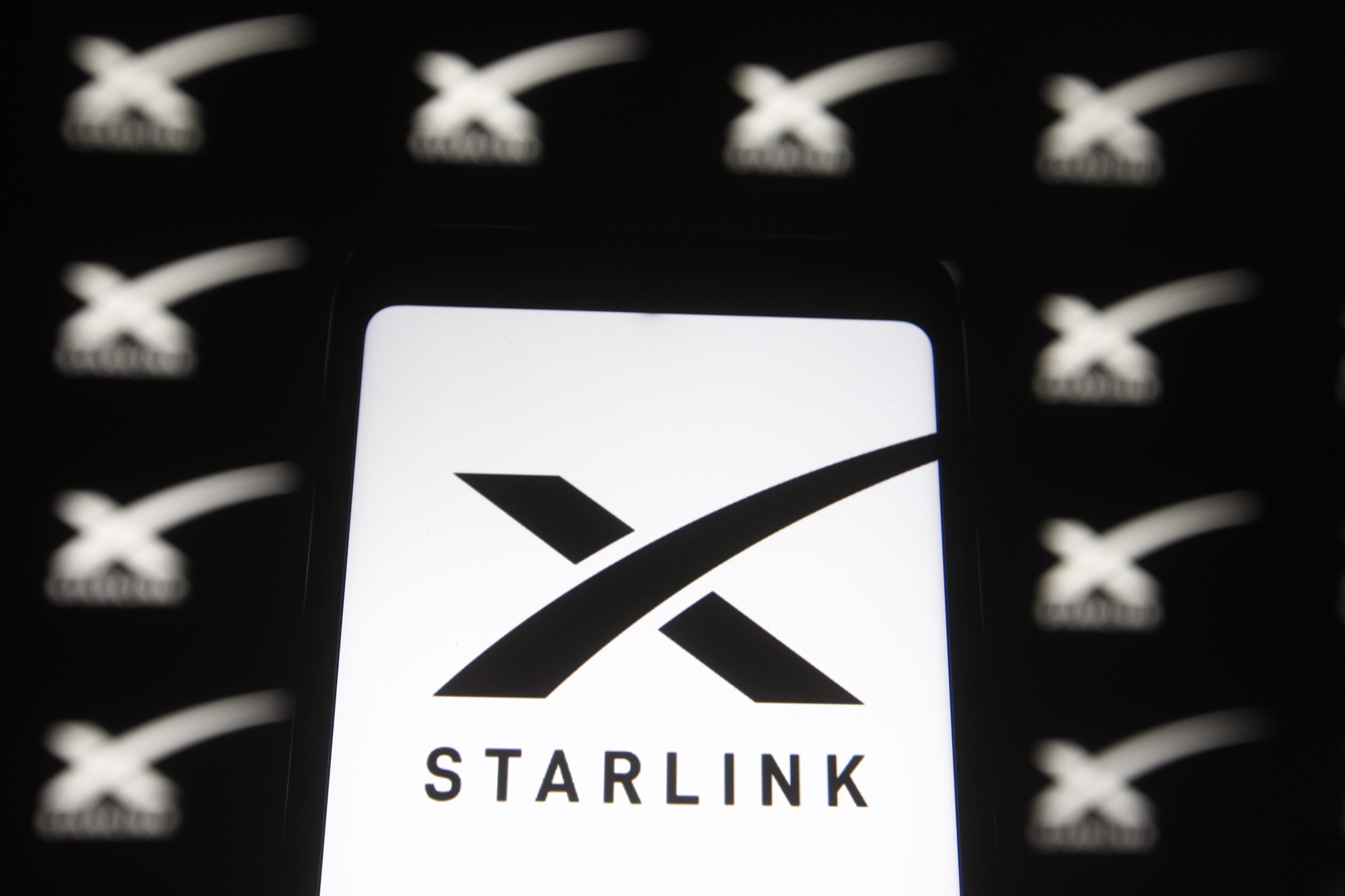
SpaceX’s Starlink satellite network has earned a groundbreaking Federal Communications Commission (FCC) approval, marking a significant step toward delivering direct-to-phone connectivity for T-Mobile customers. This milestone represents the first collaboration between a satellite operator and a wireless carrier to receive such authorization, aiming to eliminate cellular dead zones across the United States.
The FCC highlighted the potential of satellite-to-device technology to address key public interests. In its statement, the agency pointed to benefits like ubiquitous connectivity, emergency 911 access in remote areas, technological advancements, and innovative use of spectrum resources.
Clearing Hurdles and Expanding Coverage
The approval builds on temporary clearance granted in October for SpaceX and T-Mobile to provide Starlink satellite services in regions impacted by Hurricane Helene. The two companies initially announced their partnership in 2022, setting a precedent that competitors like Verizon and AT&T have since followed by forming similar agreements with satellite provider AST SpaceMobile.
While the FCC’s decision is a significant leap forward, some conditions remain unresolved. The agency has yet to rule on whether SpaceX can boost the radio emission power of its satellites to enable advanced features like real-time voice and video calls. Wireless providers, including AT&T and Verizon, have voiced concerns that increased power levels could disrupt their existing networks.
Future Expansion Plans Under Scrutiny
Jessica Rosenworcel, FCC Chair, emphasized the broader goal of fostering competition and partnerships in the growing space economy. She noted that integrating terrestrial mobile carriers and satellite operators could pave the way for a single-network future that eradicates mobile dead zones.
Despite the approval, the FCC has deferred decisions on SpaceX’s broader satellite expansion plans. While SpaceX was approved in 2018 to launch 7,518 satellites, its request to deploy an additional 22,488 satellites remains under review. The first batch of direct-to-cell-enabled Starlink satellites was launched in January, and initial testing of basic SMS functionality has begun. However, full support for voice and data capabilities isn’t expected until 2025.
As the partnership between SpaceX and T-Mobile advances, its success could redefine mobile connectivity and inspire further innovation in satellite-to-device technology. However, the journey is far from over, with regulatory hurdles and technical challenges still to be addressed.
Featured image courtesy of Ars Technica
Follow us for more tech news updates.
